Visibilité
Mettre en lumière les actions des membres et le savoir-faire du territoire ainsi que mettre en relation les acteurs du réseau Nogentech.

Tourné vers l’avenir, le cluster Nogentech fédère les entreprises industrielles autour d’actions collectives et promeut les industries, leurs métiers et les formations associées.
Découvrir les membres Nogentech
Mettre en place des actions d’animation et de dynamisation au sein de l’écosystème industriel haut-marnais afin de faciliter l’émergence de projets collaboratifs, voilà l’objectif du cluster Nogentech.
Prosthesis Valley et Flaamm
ans d’existence
membres
de chiffre d’affaires généré par les adhérents
Le cluster Nogentech recense toute l’actualité de la filière industrielle de Haute-Marne.
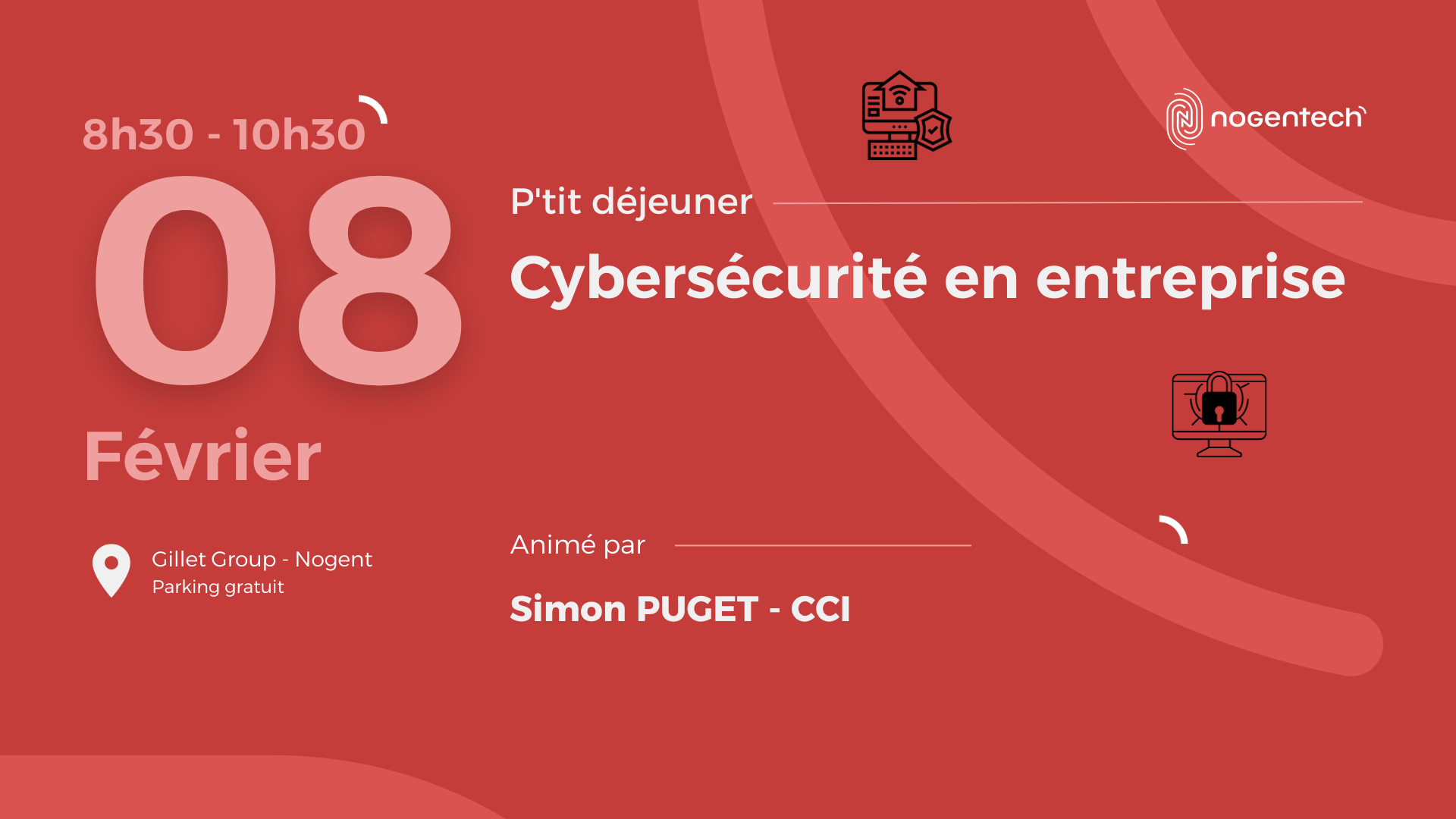
2024
Découvrez comment vous prémunir des risques liés à la cybersécurité dans votre entreprise grâce à l’intervention de la CCI lors du P’tit dej #5 le 08 février 2024 chez Gillet…
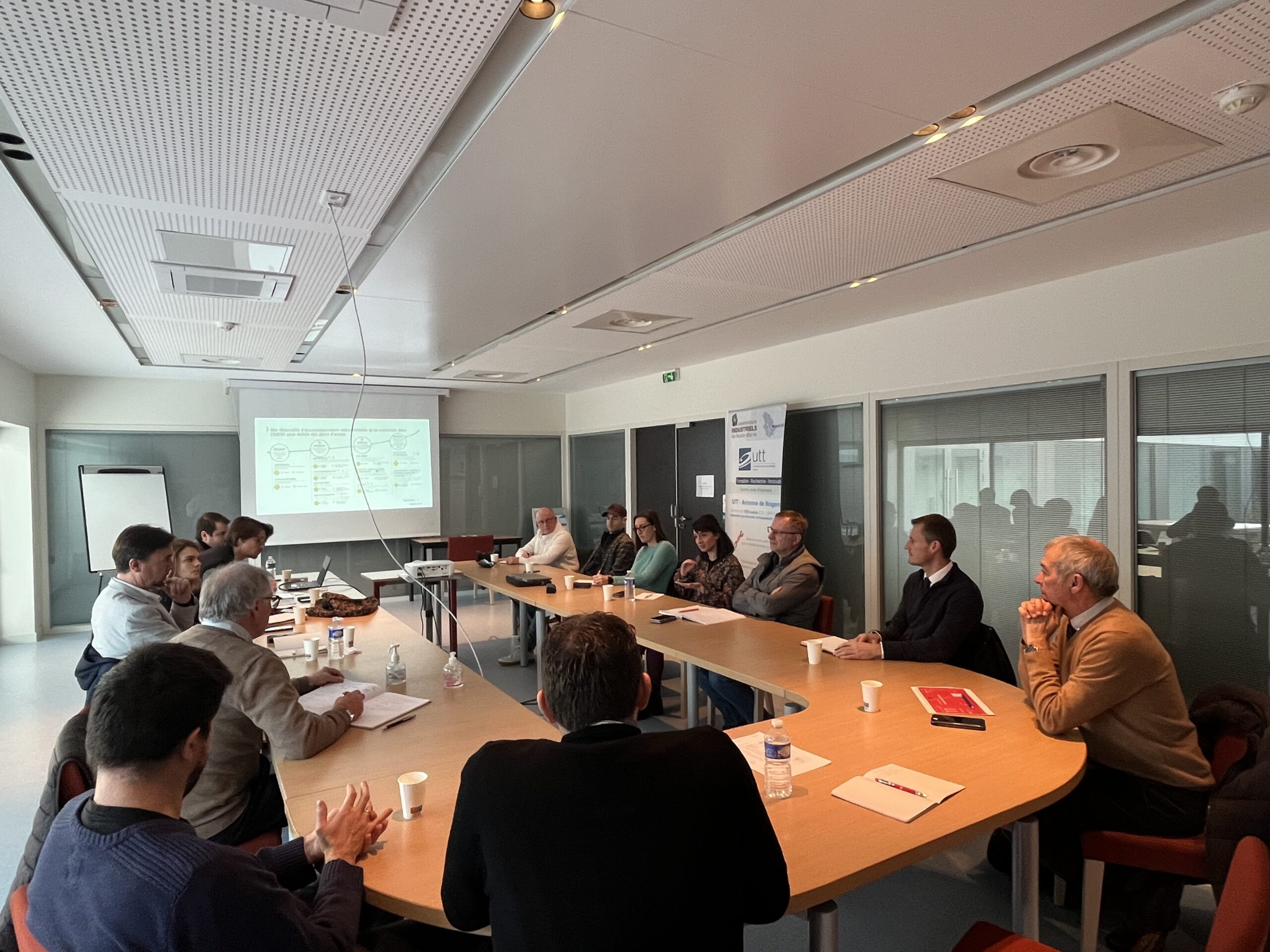
2024
La matinée a été placée sous le signe du Climat. En effet, plusieurs personnes de la délégation territoriale de Troyes de BPI France, sont venues présenter les dispositifs d’aides à…

2023
Découvrez quelles actions mettre en place pour sécuriser vos systèmes d’informations et vos données grâce à l’animation proposée par la Simon Puget de la CCI lors du P’tit dej #5…
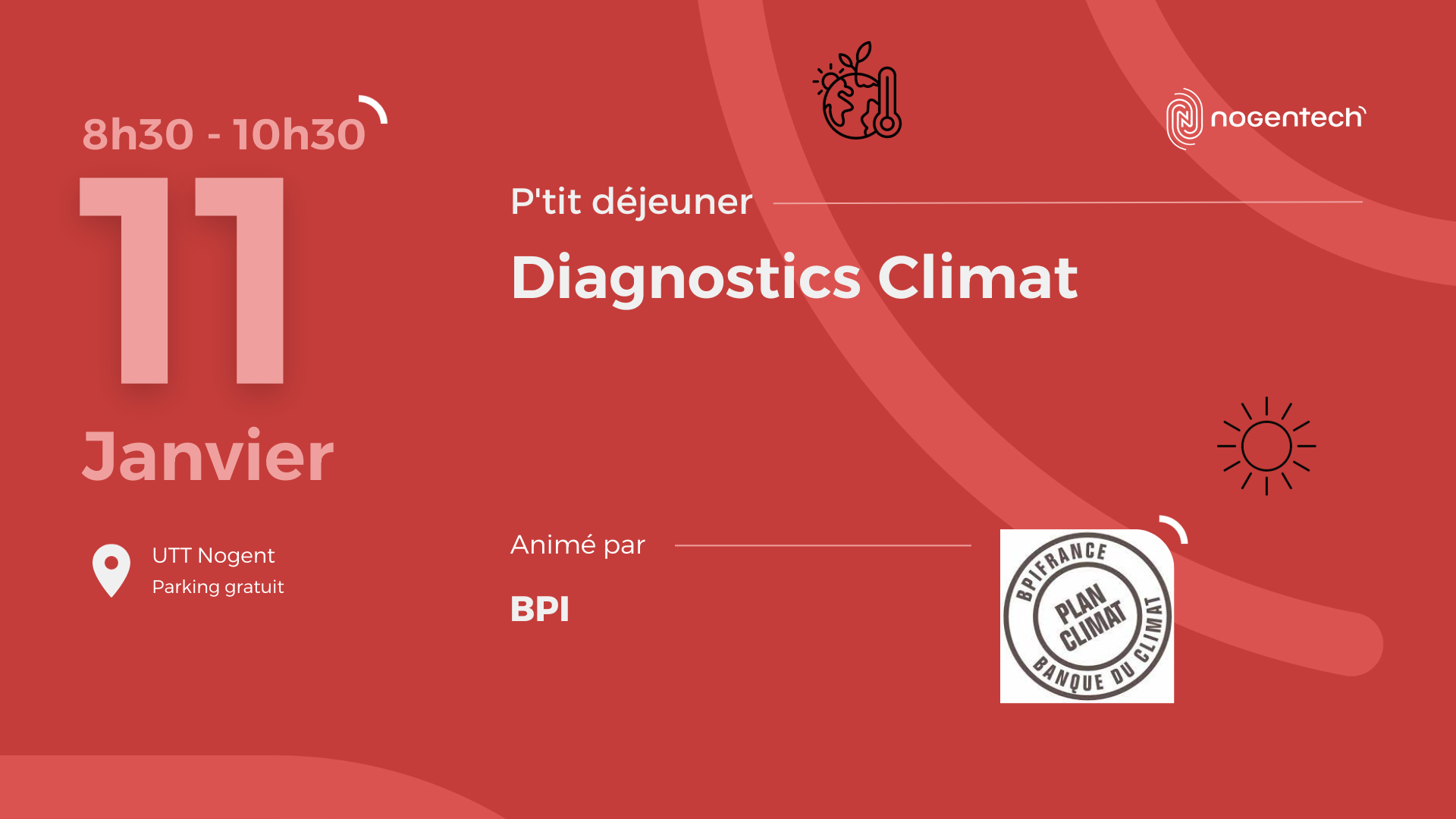
2023
Découvrez comment réaliser un diagnostic climat dans votre structure grâce à l’animation proposée par la BPI lors du P’tit dej #4 le 11 janvier 2024 à l’antenne de l’UTT à…
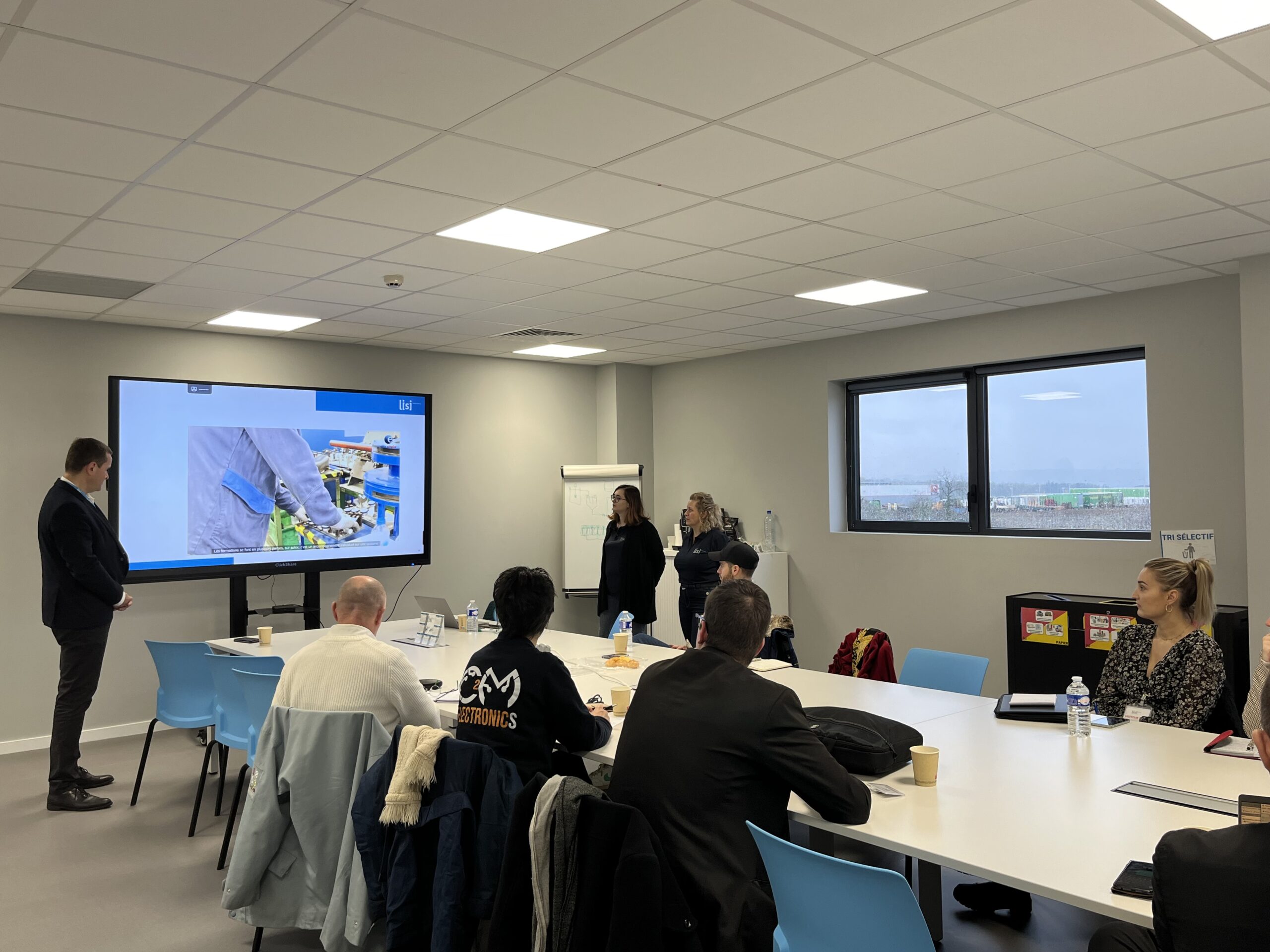
2023
Laure PHILIPPE Elisa Gosse Eric BIGOT ont accueilli chaleureusement le Ptit Dej #3 organisé par Nogentech. Au menu ? (🥐 – ☕️ – 🗣️) ✔︎ Comment LISI AEROSPACE a recruté…
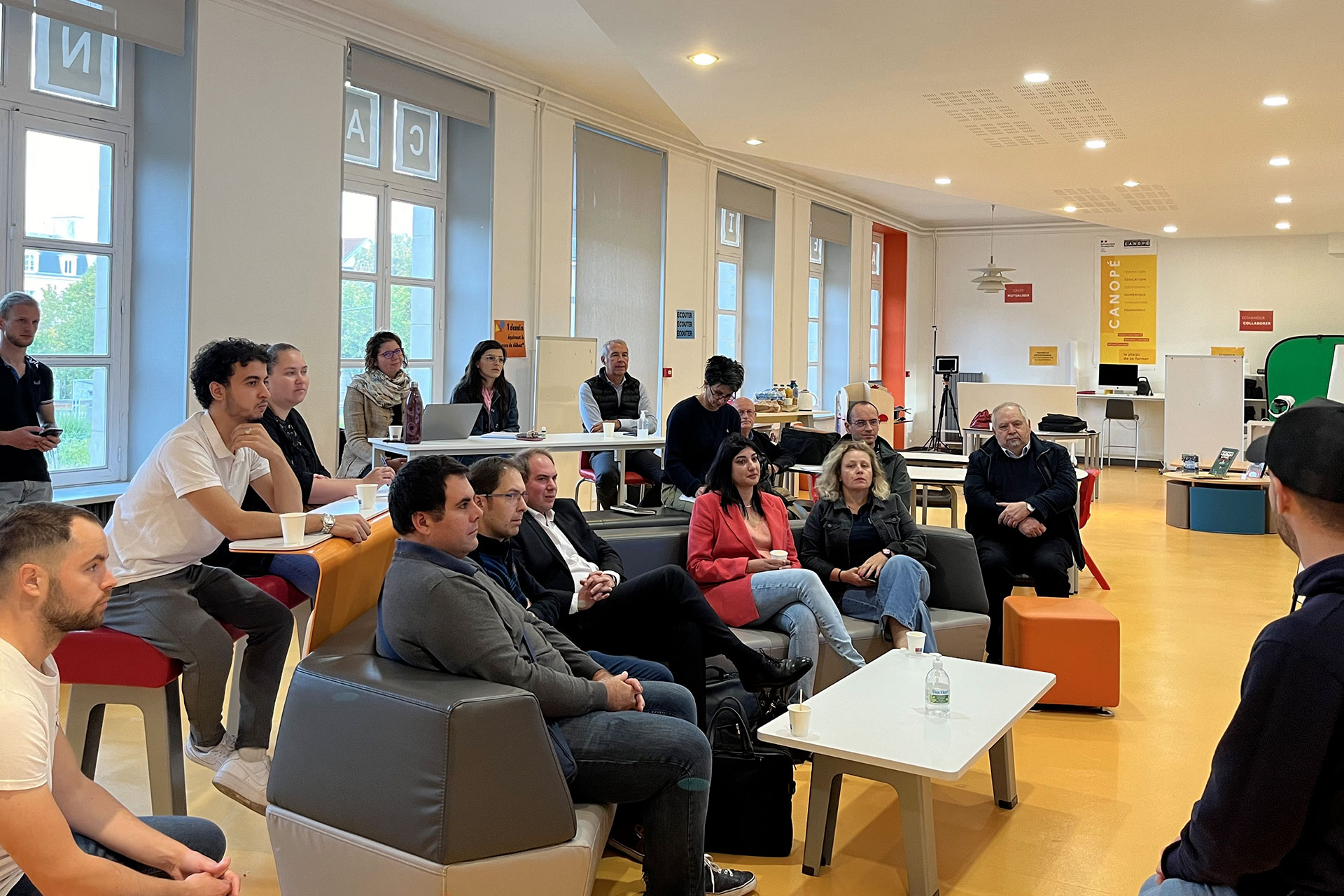
2023
« Comment performer sur LinkedIn ? », une question qui était au cœur des échanges lors du premier petit déjeuner orchestré par Germain Chittaro, le responsable du Pôle digitalisation au…
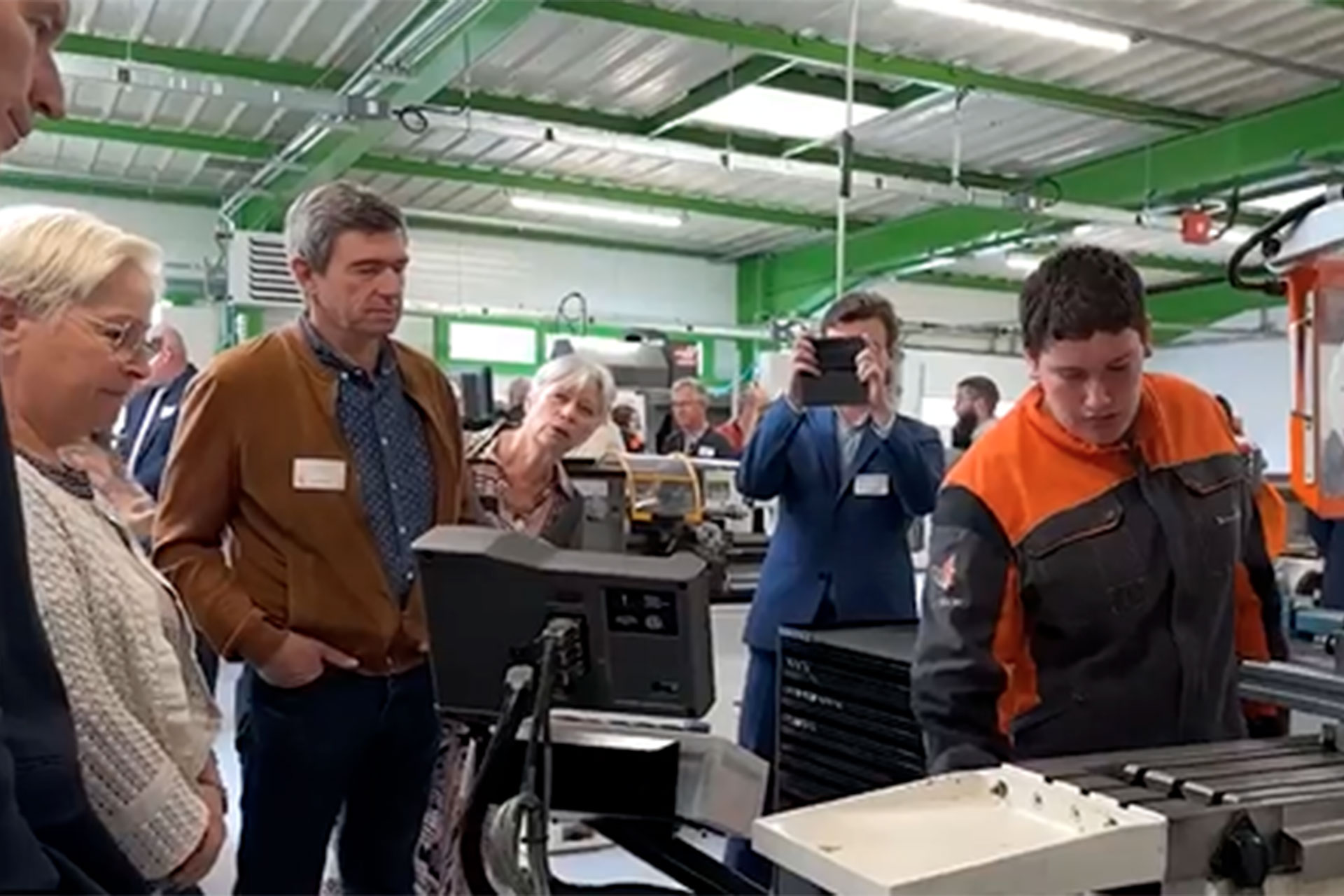
2023
Inaugurée à Nogent le 19 septembre 2023, la 1ère école de production du Grand Est qui prône le « faire pour apprendre » formera des élèves aux métiers industriels de…
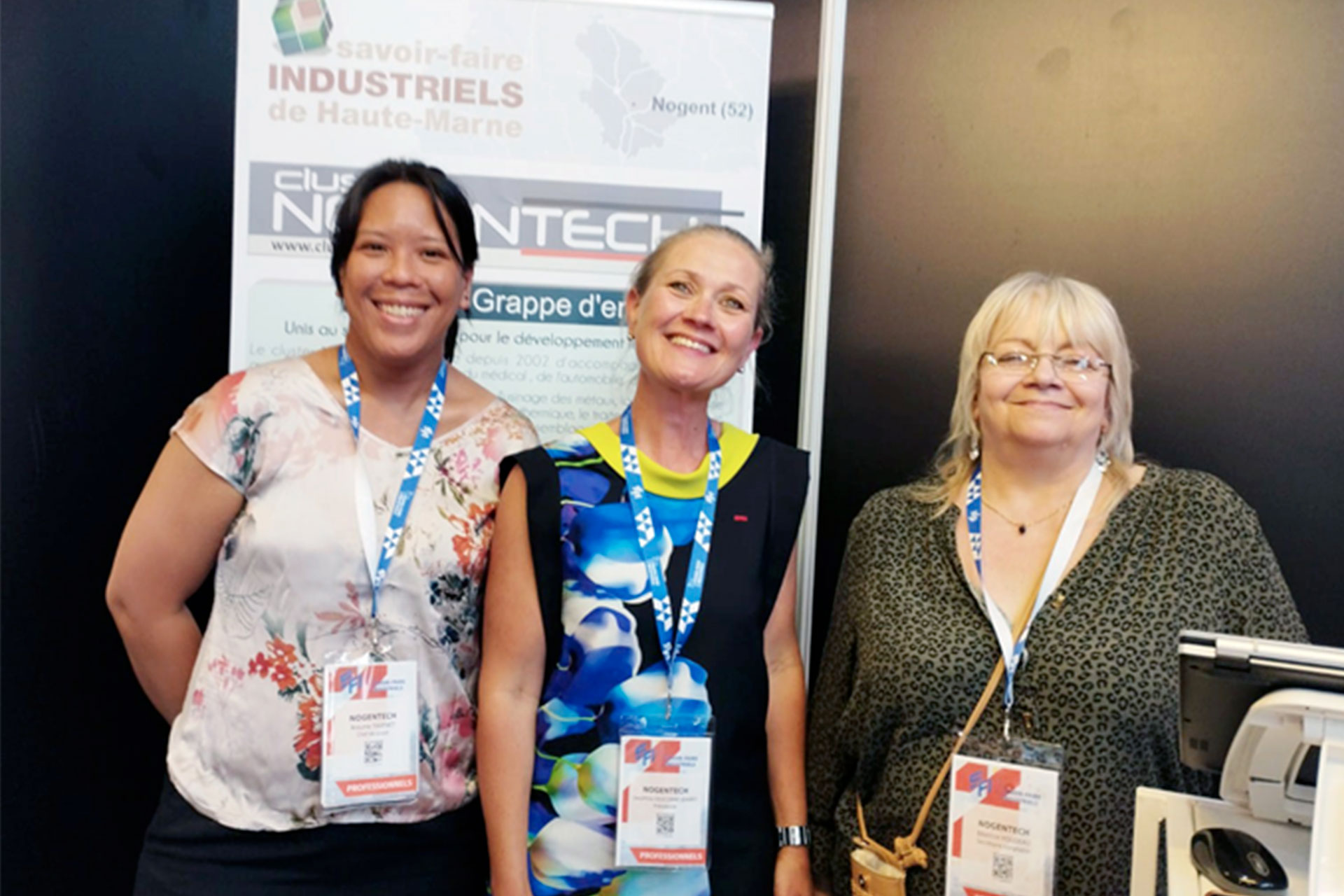
2023
Co-organisé par la CCI, l’UTT et Nogentech, le 7e Salon des savoir-faire industriels a eu lieu les 17 et 18 juin à Langres. Très attendue cette année, la dernière édition…
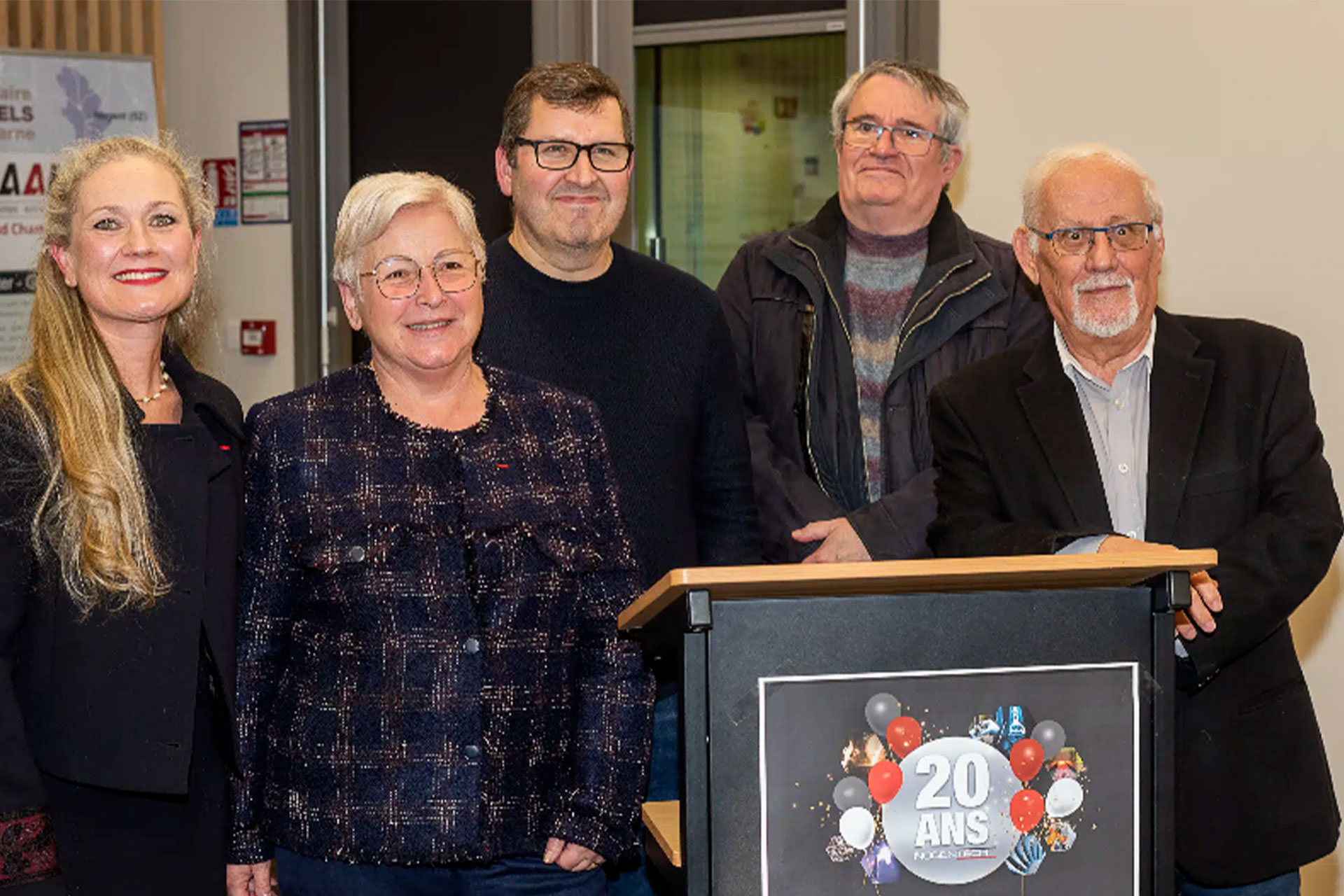
2023
Le bassin industriel Haut-Marnais était à l’honneur pour la cérémonie d’anniversaire du cluster Nogentech, le 12 janvier 2023. 20 ans que le cluster valorise le savoir-faire industriel du territoire et…
Au-delà des valeurs historiques de Nogentech relatives à l’émergence de synergies entre les industriels de Haute-Marne, au partage et à la mutualisation, le cluster détient également un rôle fondamental dans l’attractivité du territoire et des métiers. Uni par un ADN industriel et technologique, l’écosystème a à cœur d’innover dans sa manière de produire. C’est au travers de leur savoir-faire et de leurs compétences que les adhérents de Nogentech contribuent à la valorisation de la filière, véritable reflet de l’identité du cluster.